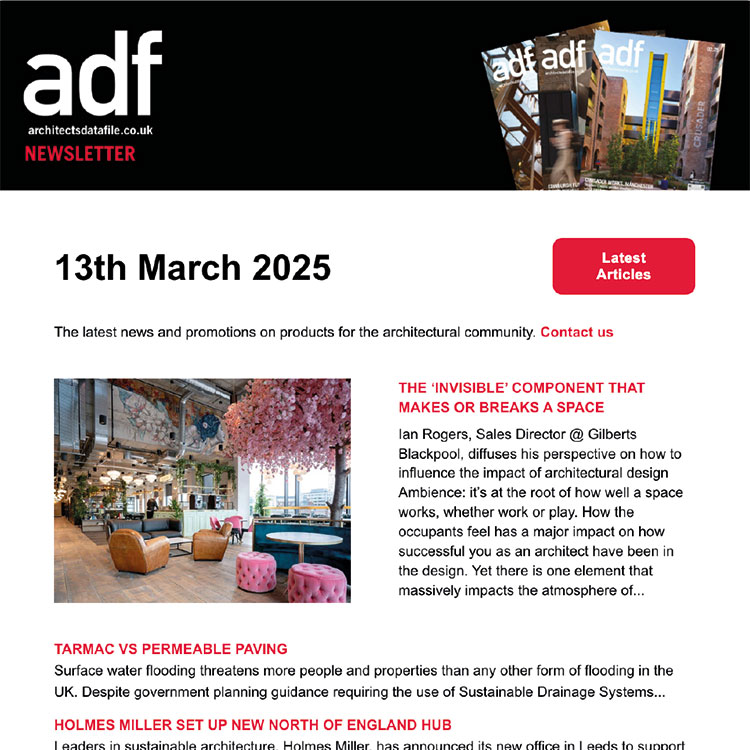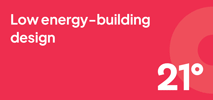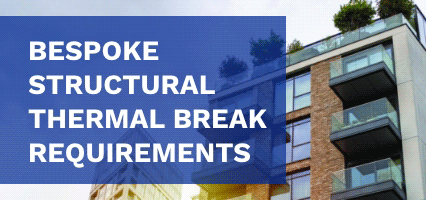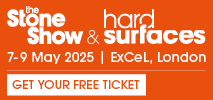The masterplan for Brussel’s development area Lake Side on the site of Tour & Taxis consists of a collection of 17 buildings varying in height and designed by seven different architects, including MVRDV. Adding 800 diverse apartments, the plan creates a more dense and lively Tour & Taxis neighbourhood, where residents will find an abundance of amenities nearby. The site offers a wide range of workspaces and venues for conferences and events, plus a nine-hectare park that creates a car-free and communal neighbourhood forming a bridge to the city. Commissioned by Belgian developer Nextensa, MVRDV is the chief urbanist and plan supervisor while also designing one of the masterplan’s 17 buildings.
Located near Brussels North station, Tour & Taxis has everything it needs to become the city’s new dynamic living and working district. A new gateway to the city, the masterplan of Lake Side comprises 17 buildings, one of which MVRDV will design, within a multifunctional live-work development area of about 140,000 m².
The plan offers a wide range of housing types – including two buildings providing co-living apartments – workspaces, retail, and leisure, as well as publicly accessible open and green spaces. In close connection to the Park Lane residential development which will be finished in 2025, this masterplan complies with strict local regulations without sacrificing architectural diversity, connection to nature, and an approachable, human scale.
The masterplan is split into three sections. A mixed office and housing campus is on the eastern side of the plot (Zone A), with large-scale buildings in continuity with the Herman Teirlinck and the Brussels Environment building. These buildings will incorporate the most ambitious sustainable principles in their construction, including designs with cross-laminated timber or lightweight hybrid structures.
The middle section of the masterplan is the courtyard, with 14 individual buildings clustered around a public garden where residents can enjoy the outdoors. The ground floor of these buildings is rich with amenities along with shops to keep the courtyard space active. Another focus was on the roofs, with all 14 buildings around the courtyard featuring either green or energy-producing roofs. The taller buildings support photovoltaics, while the co-living buildings include communal green roofs. Private terraces for penthouse apartments or inaccessible green roofs for biodiversity adorn the other buildings. The third section of the masterplan blends the dense neighbourhood into the adjacent Tour & Taxis Park, with a more open space punctuated by a tower known as the Park Building.
“Our masterplan comprises a collection of varying building profiles and heights that step up to a denser, more lively neighbourhood, while also maintaining views and a high proportion of green space,” says Nathalie de Vries, MVRDV Founding Partner. “The plan provides much needed diverse housing, designed by a group of excellent architects. In combination with existing as well as new working places, this project helps Tour & Taxis to finalize its grand project to add a unique, mixed use new neighbourhood to the city.”
To achieve a non-uniform, humane, and essentially “Brussels” quality in patina and form, as well as retain a strong connection to the historic urban fabric, MVRDV created a framework of spatial and qualitative rules to specify features such as building size, facade composition, and materials. MVRDV and coordinating architect Bureau Bouwtechniek are working alongside six other teams who will help realise the masterplan within this framework. These include three Danish offices (3XN, Cobe, and Effekt Arkitekter) and three Belgian offices (Binst Architects, Polo, and Hub).
With the playbook MVRDV has developed, the other architectural teams have conceived buildings that fit in while subtly distinguishing themselves within the cohesive plan. Brick is the prevailing material, used on the majority of the 15 buildings to provide continuity with the traditional architecture of Brussels.
Designed by landscape architect Bureau Bas Smets, the three landscape typologies of the masterplan complement the plan’s three sections: a shady forest winds its way among the buildings of Zone A, while small hills create intimate communal spaces within the courtyard. The valley park fills the rest of the space, and on the westernmost section of the plan transitions into the Tour & Taxis Park, surrounding the Park Building.






